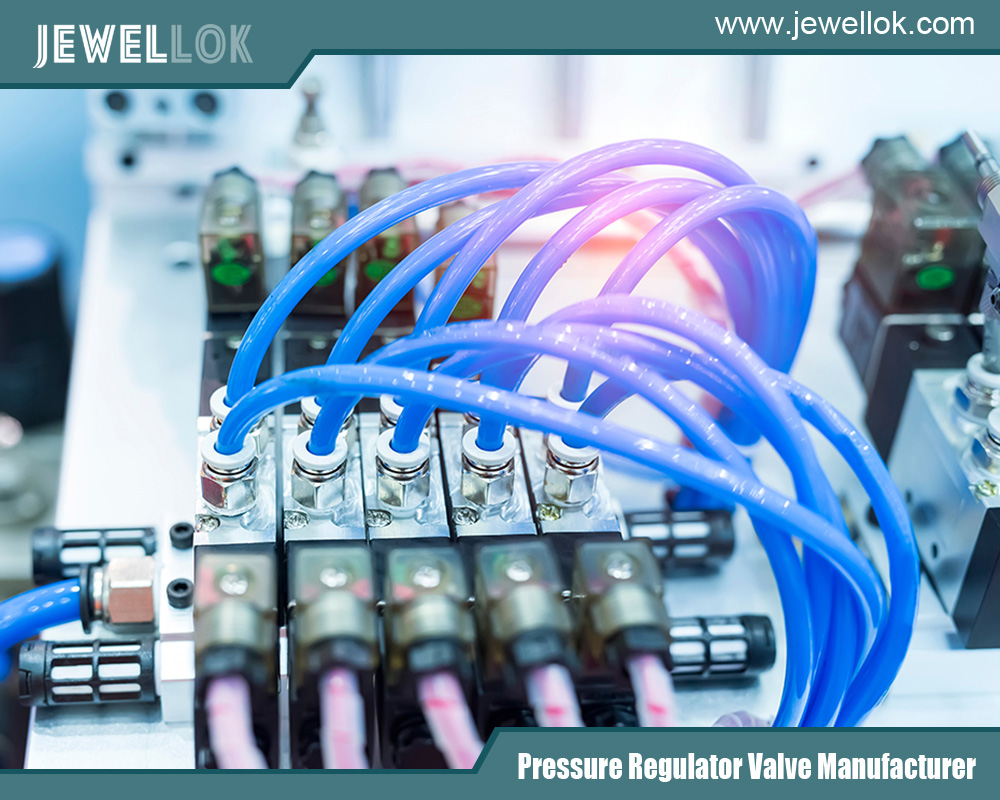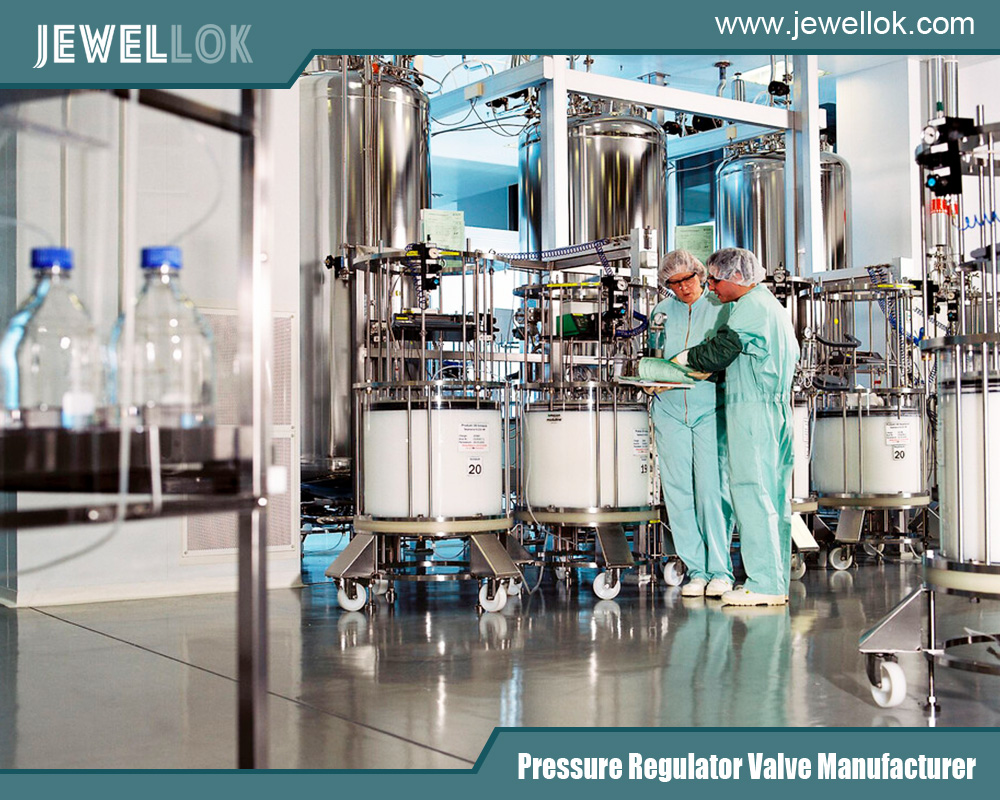Blog
Jewellok is a professional pressure regulator and valve manufacturer and supplier.
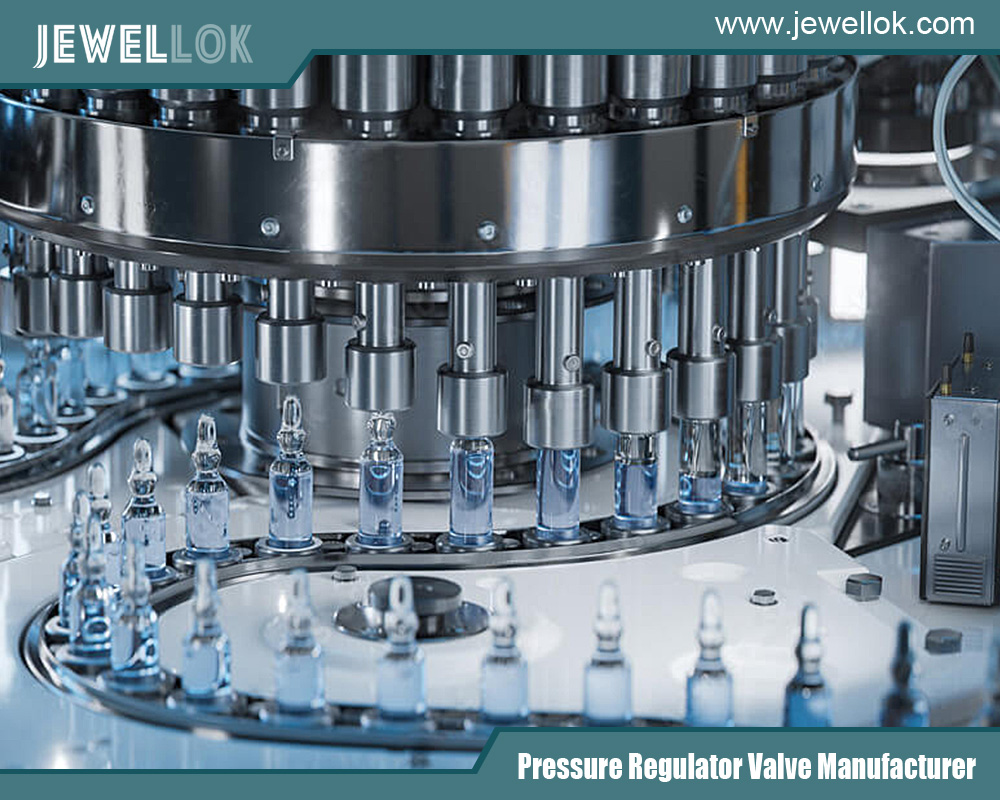
Understanding the Nitrogen Cylinder Pressure Regulator: Importance, Types, and Applications
- Pressure Regulator Valve Manufacturer
- 1 1 2 gas pressure regulator, 1/2 gas pressure regulator, 2 inch irrigation solenoid valve, 6mm equivalent, adjustable air pressure regulator, adjustable propane pressure regulator, adjustable propane regulator, argon hose fitting, characteristics of pressure, diaphragm suppliers, gas used in semiconductor manufacturing, how does pressure regulator work, how solenoid valves work, low pressure regulator, nitrogen cylinder pressure regulator, nitrogen cylinder pressure regulator factory, nitrogen cylinder pressure regulator hotsale, nitrogen cylinder pressure regulator manufacturer, nitrogen cylinder pressure regulator OEM, nitrogen cylinder pressure regulator supplier, nitrogen cylinder pressure regulator wholesale, pressure gauge manufacturers, relief vs safety valve, safety relief valve vs pressure relief valve, safety valve and relief valve difference, solenoid water valve, stainless pressure regulator, stainless steel 1/4 in. pressure gauge fitting - 3/8 qc, what is a gas pressure regulator
- No Comments
Understanding the Nitrogen Cylinder Pressure Regulator: Importance, Types, and Applications
A nitrogen cylinder pressure regulator is an essential equipment used in various industries that utilize nitrogen gas. Nitrogen, an inert and versatile gas, is widely used for applications ranging from food preservation and industrial manufacturing to scientific research and medical procedures. However, nitrogen is stored in cylinders under high pressure, necessitating a pressure regulator to control the gas flow safely and effectively.
What is a Nitrogen Cylinder Pressure Regulator?
A nitrogen cylinder pressure regulator is a device designed to control the pressure of nitrogen gas released from a high-pressure cylinder. Nitrogen gas is stored in cylinders at around 2000-3000 psi (pounds per square inch). Without a regulator, the gas would flow out at an unsafe and unmanageable rate, potentially leading to equipment damage, hazardous situations, or even failure of the processes relying on the gas.
Critical Components of a Nitrogen Cylinder Pressure Regulator
- Inlet Valve:Controls the entry of nitrogen gas from the cylinder.
- Regulator Body: Houses the internal mechanism responsible for reducing and regulating the pressure.
- Pressure Gauge:Indicates the pressure levels of the cylinder (inlet) and the output pressure (outlet).
- Adjusting Knob:Allows users to adjust the output pressure to meet specific requirements.
- Outlet Valve:Controls the release of nitrogen gas to the system or process.
Types of Nitrogen Cylinder Pressure Regulators
Various nitrogen cylinder pressure regulators are designed for specific applications and environments. Their primary distinction lies in how they regulate pressure.
1. Single-Stage Pressure Regulators
Single-stage nitrogen pressure regulators are designed to reduce the cylinder pressure in one step. They are relatively simple and cost-effective, making them ideal for situations where a quick pressure drop is required, and a high level of precision is unnecessary.
Applications: Ideal for less critical applications where the demand for pressure regulation is straightforward and less sensitive.
Advantages:
- Economical and easy to operate.
- Suitable for less demanding environments.
Limitations:
Pressure can fluctuate when the gas supply decreases, leading to inconsistencies in some applications.
Two-Stage Pressure Regulators
Two-stage nitrogen pressure regulators are designed to offer more precise and consistent pressure control. They reduce the pressure in two stages: first, the high pressure from the cylinder is brought down to an intermediate pressure, and then it is reduced to the desired outlet pressure in the second stage.
Applications: Commonly used in industries where a stable, constant pressure is essential, such as laboratories, medical applications, or high-precision industrial processes.
Advantages:
- More consistent and stable pressure output.
- Suitable for applications where fluctuations in gas pressure are unacceptable
.
Limitations:
It is more complex and costly than single-stage regulators.
Ultra-High Pressure Regulators
For specialized applications where nitrogen is stored at extremely high pressures (over 3000 psi), ultra-high pressure regulators are used. These regulators are designed to handle the higher pressures and are equipped with additional safety features to ensure secure operation.
Applications: High-pressure applications like aerospace, scientific research, or certain types of industrial manufacturing.
Advantages:
- Can safely handle highly high cylinder pressures.
- Equipped with robust safety mechanisms.
Limitations:
Higher cost and more complex design.
Digital or Electronic Pressure Regulators
With technological advancements, digital nitrogen pressure regulators have emerged. These regulators feature digital controls and displays that allow for precise adjustments and monitoring of pressure and flow rates. They can be integrated into automated systems and offer enhanced precision.
Applications are used in advanced industrial applications, research facilities, or processes requiring detailed control and monitoring.
Advantages:
- High precision and digital control.
- Integration with automation systems for real-time monitoring and adjustments.
Limitations:
It is more expensive and requires electronic power.
Importance of Using a Nitrogen Cylinder Pressure Regulator
Safety
Safety is one of the most critical reasons for using a nitrogen cylinder pressure regulator. Nitrogen is stored under extremely high pressure. The gas could escape too quickly without proper regulation, leading to dangerous situations. Rapid gas release could damage equipment or even cause injury to operators.
- A regulator ensures the pressure is controlled and gas is dispensed at a manageable rate.
- It reduces the risk of equipment failure or accidents related to high-pressure gas release.
Equipment Protection
A pressure regulator ensures that downstream equipment is protected from pressure surges or irregularities in nitrogen flow. Without regulation, the pressure from a nitrogen cylinder could damage sensitive equipment, valves, or systems not designed to handle high pressures.
- Protects machinery and instruments from damage.
- It helps maintain the longevity of equipment.
Process Efficiency and Precision
Many industrial processes require precise control over gas flow and pressure. Nitrogen cylinder pressure regulators allow for fine-tuning of these parameters, ensuring the process operates optimally. This level of control is crucial in applications like food preservation, chemical manufacturing, and medical uses, where consistency and precision are essential.
- Ensures that nitrogen is delivered at the correct flow rate.
- Helps optimize production processes by providing stable and reliable pressure.
Cost-Effectiveness
While nitrogen regulators represent an initial investment, they can help save costs in the long run by preventing gas wastage and reducing the need for maintenance on other equipment. By controlling the nitrogen pressure more efficiently, regulators ensure the gas is used effectively, minimizing wastage and lowering operating costs.
- Maximizes the utilization of nitrogen gas.
- Reduces maintenance and repair costs by preventing damage to downstream equipment.
Applications of Nitrogen Cylinder Pressure Regulators
Food Industry
Nitrogen is often used in the food industry for packaging, preservation, and cooling. Nitrogen cylinder pressure regulators ensure that the correct pressure is maintained when nitrogen fills food packages or creates an inert atmosphere to extend shelf life.
- Example:Nitrogen is used in modified atmosphere packaging (MAP) to preserve the freshness of food products.
Industrial Manufacturing
Many industrial manufacturing processes rely on nitrogen for purging, blanketing, and cooling. A nitrogen cylinder pressure regulator helps ensure that nitrogen is dispensed at the proper pressure to maintain optimal manufacturing conditions.
- Example:Nitrogen is used in welding, metal treatment, and inerting chemical processes.
Medical and Laboratory Applications
In laboratories and medical environments, nitrogen is often used for cryogenic storage and controlled environments in experiments. Accurate pressure regulation is crucial to ensure that nitrogen flows at the proper rate without disrupting sensitive research or procedures.
- Example:Nitrogen is used in laboratories for cooling and medical applications for cryogenics.
Conclusion
A nitrogen cylinder pressure regulator plays a crucial role in controlling the flow and pressure of nitrogen gas in various industries. Whether for safety, efficiency, or process precision, these devices ensure that nitrogen is delivered at the correct pressure for the intended application. By understanding the different types of regulators available and their applications, industries can choose the right solution to meet their needs and ensure optimal performance and safety in their operations. With nitrogen’s versatility and importance across sectors like manufacturing, food preservation, medical fields, and more, the role of the pressure regulator cannot be understated in ensuring smooth and secure operations.
For more about understanding the nitrogen cylinder pressure regulator: importance, types, and applications, you can pay a visit to Jewellok at https://www.jewellok.com/ for more info.
Recent Posts
Tags
Recommended Products
-
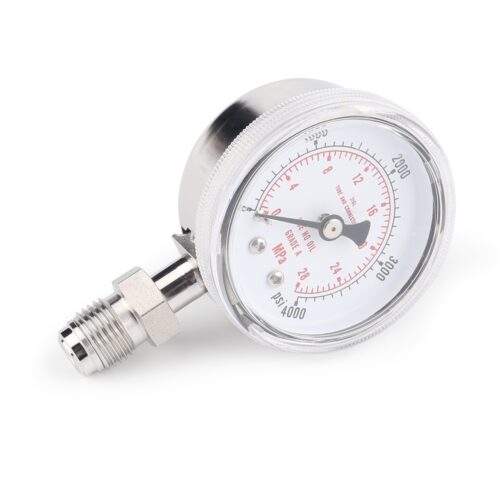
Ultra High Purity Oxygen Pressure Gauge For Semiconductor Gases JG Series Pressure Instruments For Semiconductor Manufacturing
-
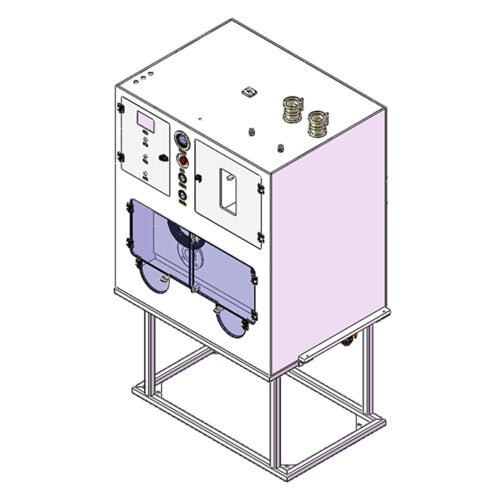
Clean Connection Cabinet JW-300-CCB Valve Manifold Box And Control Valve Box
-
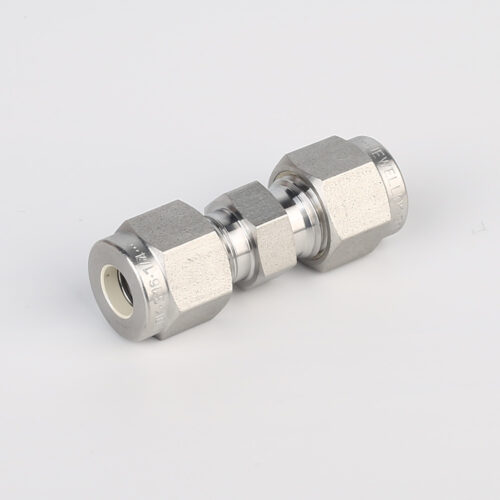
762L Stainless Steel High Purity Union High-Purity Gas System Fittings
-
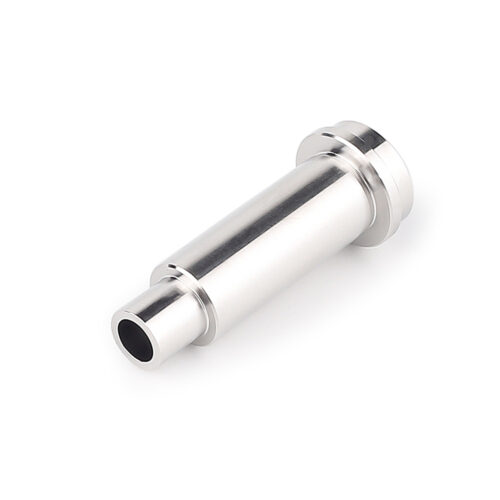
UHP Metal Gasket Face Seal Fittings Vacuum Coupling Metal Face Seal Join Long Gland And Short Gland
-
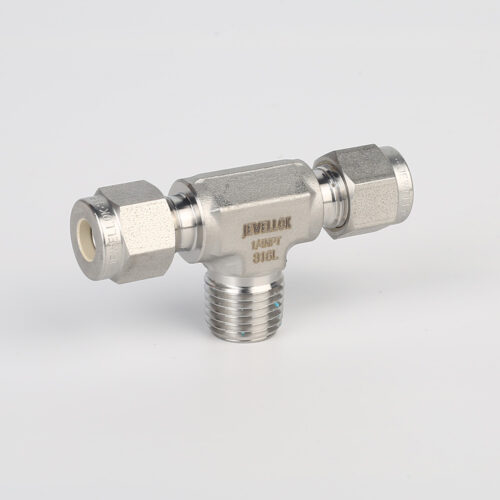
772L Male Branch Tee | Stainless Steel High-Purity Tube Fitting Male Branch Tee
-
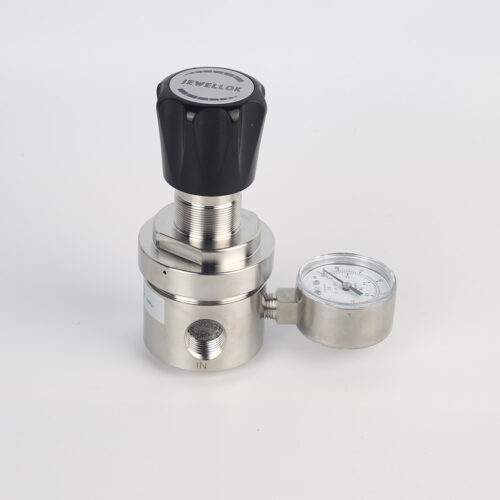
Line And Panel Mounting Adjustable Low Pressure Propane And Nitrogen Pressure Regulator JSR-3L & JSR-3LP Series
-
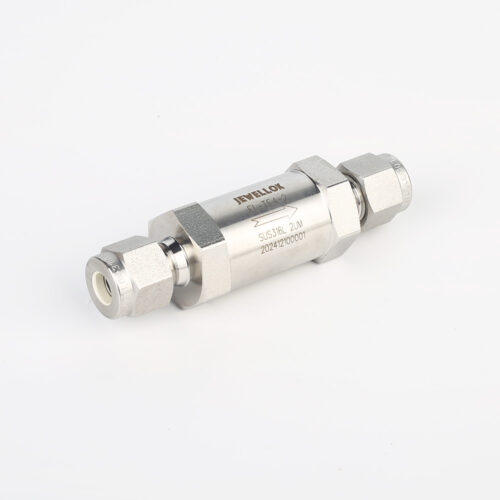
JF Series In-Line Gas Filters | High Purity High Precision High Flow Semiconductor Gas Filter Gas Filtration & Purification
-
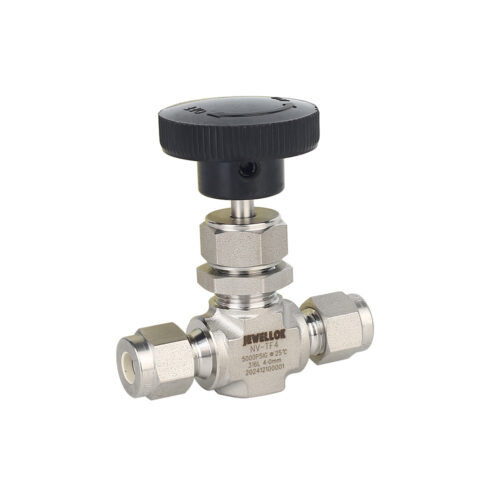
High Purity High Pressure Stainless Steel Needle Valve Natural Gas Flow Control Valve JNV Series
